Three airplanes and five folks (including me) headed to the Idaho backcountry on June 22.
This is a bit later than normal for us due to job constraints. This actually worked well for me as it provided a bit of time to get the Grand Rapids EIS engine monitor installed. We weren’t sure what to expect of the weather though.
Also different, instead of two Van’s RV’s headed north together, this year we had a variety of aircraft – a Carbon Cub, a Piper Cherokee 235, and me in my RV-4. This represents a very wide range of performance – and cruise speed. So, the Cherokee departed on Wednesday, the Carbon Cub departed on Thursday, and I departed Friday.
The trip north, for me, was pretty quick. I departed early Friday morning and thought I would avoid the heat. I was wrong. I attempted to stay low to avoid headwinds and what a mistake that was – like flying in an oven. I eventually gave up on that idea, climbed to a higher altitude and accepted the horribly low ground speed. I saw as slow as 106 kts groundspeed which was immensely painful. Most of the flight was 120 kts or so – still painful. Fuel was needed so I stopped at Price, UT.
After a quick stop at Price, I climbed to get over the Wasatch mountains and headed towards Challis, ID.
It was during this leg that I had an in-flight emergency!
I was cruising along on the east side of the Wasatch mountains, somewhere near Park City when all of the sudden my GPS reports “SIGNAL LOST”!!
DISASTER – MAYDAY – MAYDAY – MAYDAY!!!
The movies teach us that airplanes fall out of the sky when any single thing goes wrong so you can imagine my airplane falling like a rock!!
What is a pilot to do in this crisis!
Well… I’m not exactly positive of the “correct” response is to such an emergency but I pulled out my smartphone and fired up the aviation app that I have installed on it (Naviator).
It quickly showed me where I was and all was right with the world again.
Phew… crisis solved. The airplane magically started flying again.
I had not previously landed at Challis, ID and wanted to see what it was like. Challis is on the west side of the Frank Church Wilderness Area – and what we tend to call the Idaho backcountry. It turned out to be a nice little airport and a good fuel stop. While on the ground there, I picked the GPS antenna off the floor of the back seat area and reconnected it to the cable. GPS fixed.
One of the really great things about this trip is departing the hot air of the New Mexico high desert and, by noon, finding yourself in the fairly cool – and very comfortable – temperatures of the north.
The flight over the big mountains from Challis to Johnson Creek is incredibly scenic. I intentionally flew the Middle Fork drainage to maximize the sight-seeing and approach Johnson Creek from the south. My arrival was without excitement and some of my friends were on the ground waiting for me. I arrived just after noon – about 12:30 pm.
The RV-4 is a magic carpet! Depart the hot desert in the southwest at breakfast, arrive in the cool mountain north by lunchtime!
My campsite is pretty basic.
On a positive note, that means it is light, small, and quick/easy to setup. However; it doesn’t afford a great deal of space. I purchased my little yellow one-man tent several years ago when I was planning lots of bike-packing (kind of like hiking but with a mountain bike) – I was even thinking very seriously of trying some bits of the Tour Divide trail. It was about that time that the great arm adventure occurred and none of that activity ever took place. So, this was my first use of the tent and new down sleeping bag. Both of them worked extremely well and this was the first Idaho trip in which I was not cold at night.
This year, I decided to make this a more relaxing trip and not do quite as much ‘exploring’ as I have done in the past. Both in terms of flying and also hiking. I took my fly rod so I could instead do some fishing but never got around to it.
As always, I hoped to get some good in-flight video. Capturing video is a bit like photography, but worse. When you take a hundred photos, you hope that a few of them are good. When you take hours of video, you hope that a few minutes are good. It rarely works that way. Between problems with the electronics (getting the camera turned on/off), bugs hitting the lens, camera moving due to wind forces, getting ‘jello’ effect (due to engine vibration), and all the other things that can go wrong – capturing good video is never easy. At least not for me!! So, please don’t expect much… 🙁 This year I used a GoPro Hero4 camera mounted to the vertical fin. Here are a couple still photos from that camera/location.
This one is approaching Johnson Creek for landing…
This one is immediately after departing Flying B Ranch and flying up the Middle Fork river.
Another big change this year, we avoided the big-ish fly-in events. That meant that Johnson Creek had a relatively low activity level but there were still about 30 airplanes. A far cry from the 120+ that I’ve seen in years past. The big negative was that nobody was providing dinner. 🙁
Thankfully, two of our group seemed to be into cooking and whipped up a fantastic dinner each night. Steak and potatoes, hamburgers, even bacon and eggs one morning! That was much better than the Jet-Boil meals I would have been eating. 🙂
On Sunday, the five of us made a very nice trip from Johnson Creek to Landmark – Flying B Ranch – Chamberlain Basin – McCall, and back to Johnson Creek.
Flying B Ranch always puts on an excellent breakfast. This year was no different.
I radioed them a few miles out and told them we had three airplanes and five souls for breakfast. After we landed, they gave us a ride to the ranch on a wagon. When we walked into the lodge, there sitting before us, were five plates overloaded with food (eggs, bacon, sausage, hash browns, toast), a platter full of cinnamon rolls, and a huge bowl of fruit! YUMMMM!! You might think it would occur to me to take photos of such things… These folks are super friendly and Flying B is well worth the stop if you are in the area!!
After eating til about to explode, we enjoyed the fantastic sights flying down the Middle Fork river and then up the Big Creek drainage.
We landed at Chamberlain Basin where we pulled out the chairs and had a very relaxing afternoon while some of the group went hiking.
We then flew to McCall, ID for fuel, food, and groceries. There was a pizza shop across from the airport so we gave it a shot. Certainly not fast but the food was good. After a short walk to the grocery store and back, we were resupplied and ready to go.
By now, it was fairly late in the day, about 7pm and I had never landed that late at Johnson Creek. All was typical until turning the corner from downwind to final. The sun was directly in my eyes. This isn’t normally too big of a deal – it happens all the time when flying formation – you just deal with it. At Johnson Creek it is a ‘bigger’ deal as you down inside a tight canyon, scraping tree tops, and there are mountains to avoid!! I know… sounds wrong – how can you be in a canyon and have the setting sun in your eyes? It turns out that the mountains are situated just right to make that 180 degree turn a bit challenging at this time of day. The sun is only a problem for about 10 seconds but it does add some excitement in that short period of time!
I kinda figured that the mountain had probably not moved in the last ten hours so, with plenty of squinting, head moving, and using my hand to shade my eyes; I made it around the corner. Another disaster averted. 🙂 What would a backcountry trip be without all this excitement?!?
This day trip taught me that my RV-4 was not ready for the backcountry. The larger tires that I had installed certainly helped. The EIS was also a big help and told me that the engine was running fine and happy. The big problem, however; is that prop is more of a cruise prop and limits engine RPM on takeoff and initial climb. This means that the engine is operating at less than full power so the rate of climb is less than what it would be at full power. Back in the real world, this isn’t a big deal and is usually barely noticeable. In the backcountry, with short runways and big rocks all around, it is VERY obvious. The solution is a different prop. This further discouraged me from getting too adventurous on this trip.
I often chuckle after typing stuff like the above. The RV-4 performs like a rocket ship compared to many aircraft so my complaints about performance are kinda comical. I complain about “only” 1000 feet-per-minute (fpm) rate of climb while others are satisfied with 400 fpm. I complain about 120 kt VERY SLOW cruise while others are excited to see 100 kts. It’s all relative…
After enjoying the fantastic Idaho backcountry for a few days, it was quickly time to head for home.
I departed Johnson Creek very early – actually, the first aircraft out that day. I headed south-east towards Smiley Creek and enjoyed the sights that the Sawtooth Mountain range provide.
My first stop was Gooding, ID for fuel. From there, I headed towards Salt Lake City and down the east side of the Wasatch Mountains. This is very high ground and is always very pretty in the spring. Lots of green!
I had a reasonable tailwind (150 kts or better, for the entire flight) and was making good time so made it all the way to Monticello, UT before stopping for fuel. There I found a credit card waiting at the fuel pump for me! I thought maybe it was a gift and I should use it to purchase fuel but then realized that the previous pilot probably just forgot it there. Bummer… free fuel is always a nice thing.
After a high and hot takeoff from Monticello, the flight home is fairly short but sure was hot. June is the hottest month in the high desert so no surprise there. About all a person can do is get high enough to find comfortable air. I climbed to 12,000′ and was satisfied.
I arrived home just after noon.
I had not been on a long trip in the RV-4 in quite a while and learned (or was reminded of) several things that need improved.
- A more comfortable seat. My backside was feeling it after spending six plus hours in the seat.
- More ventilation – especially down near my legs. Flying thru an oven will never be comfortable but airflow does help – even if it feels like a blow torch.
- Different prop for backcountry flying.
- More GPS units. One cannot have too many GPS units on board! 🙂

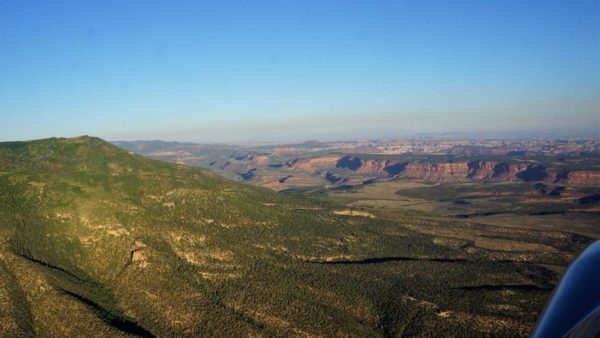
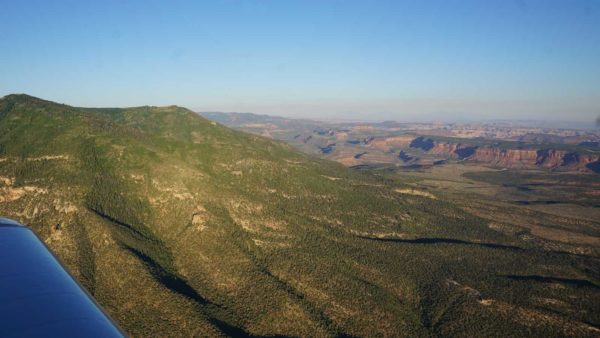

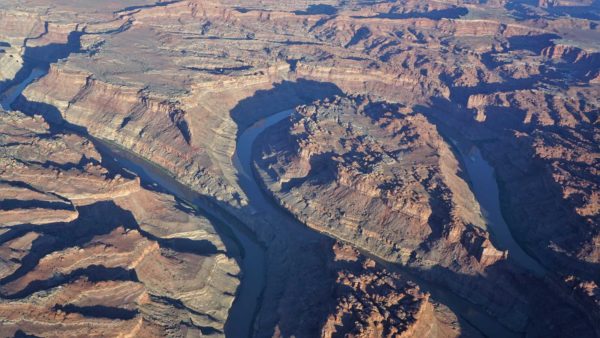
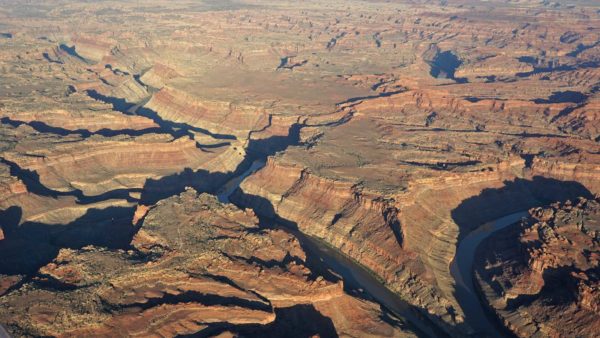
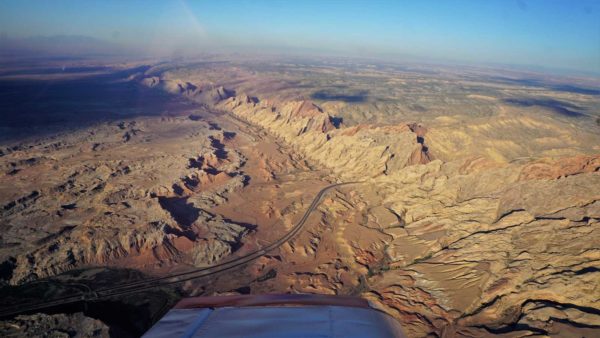
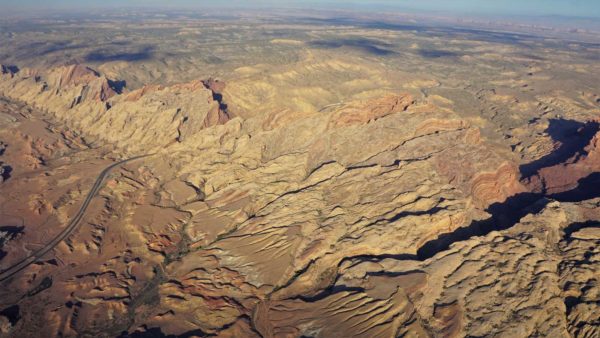
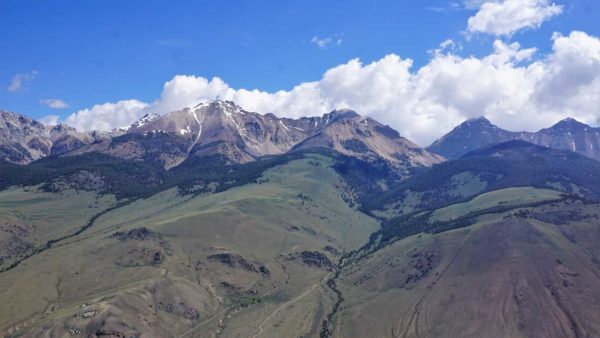
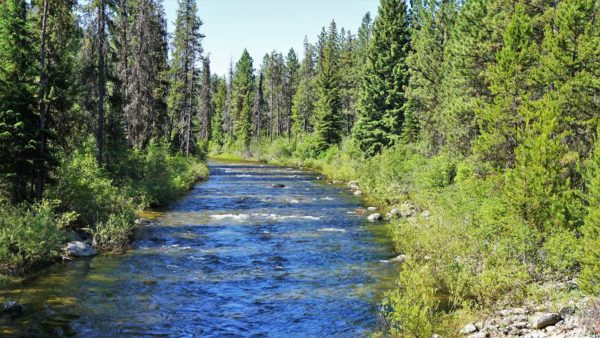
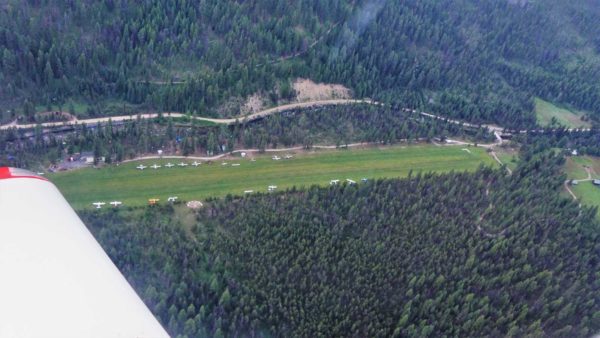
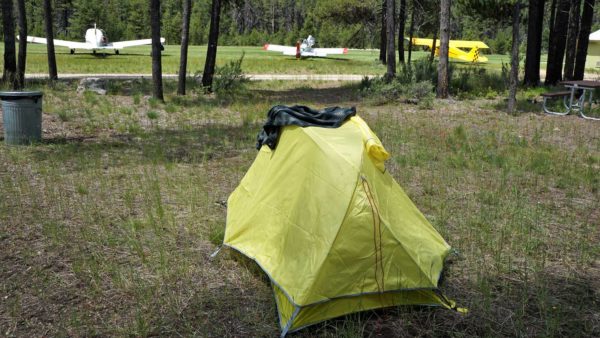
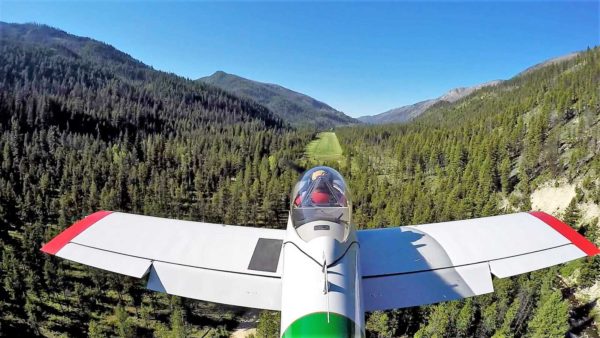
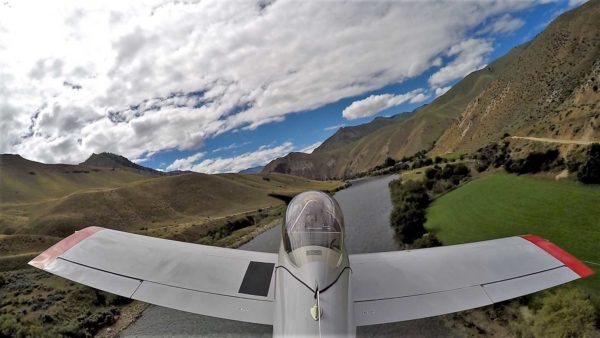
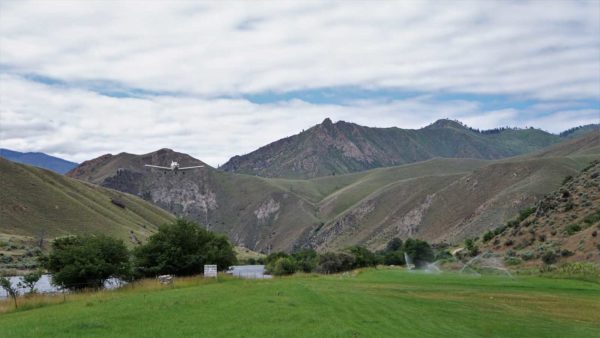
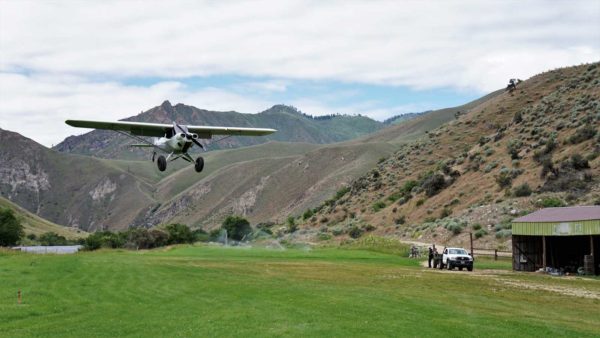

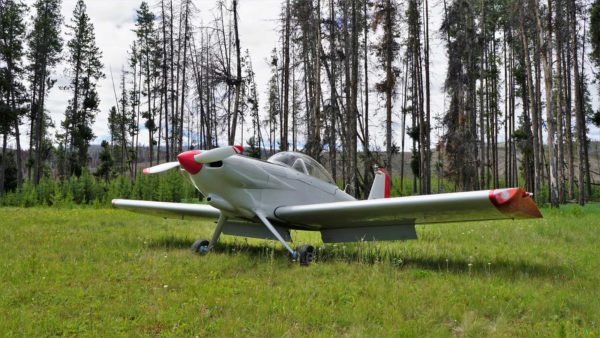
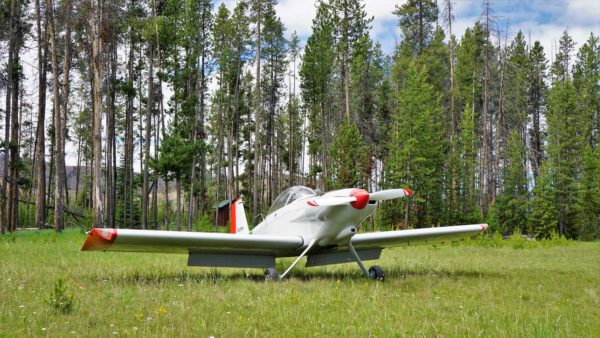
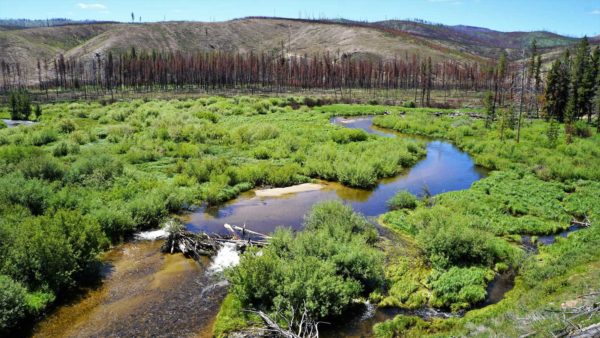
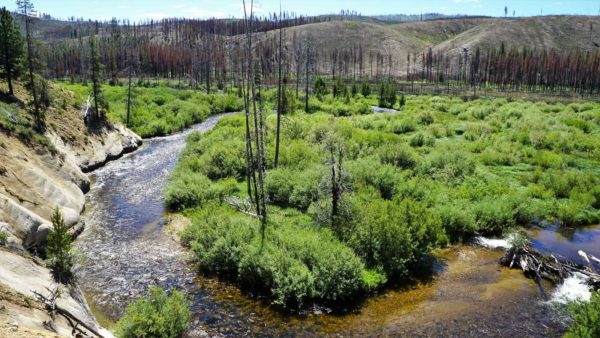
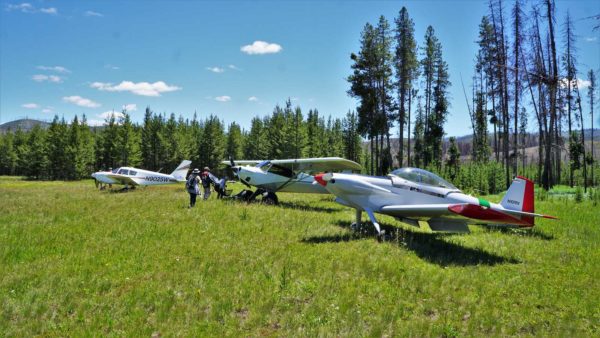
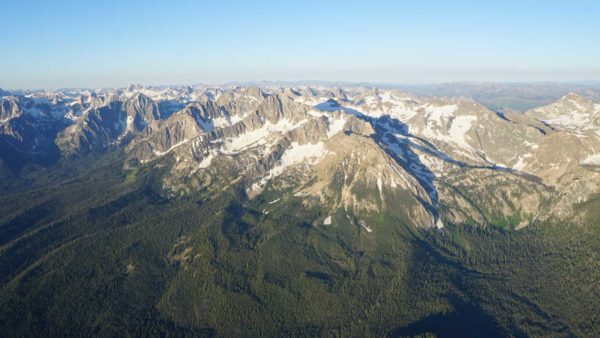

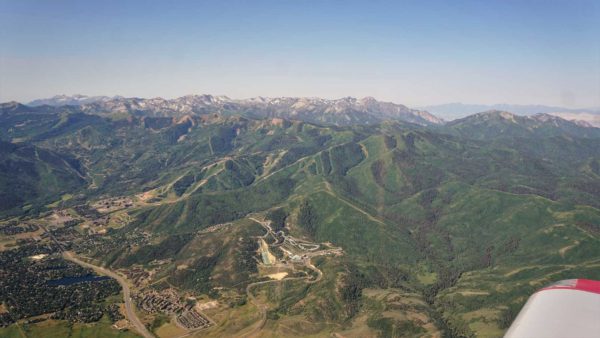
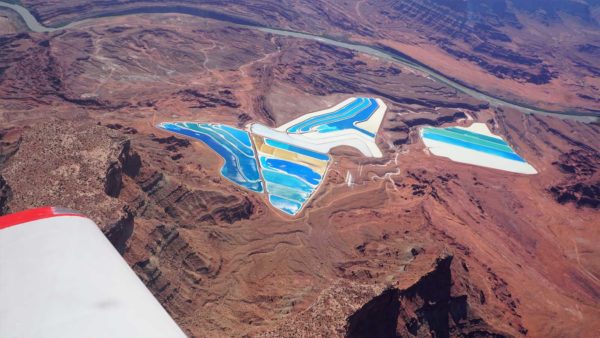
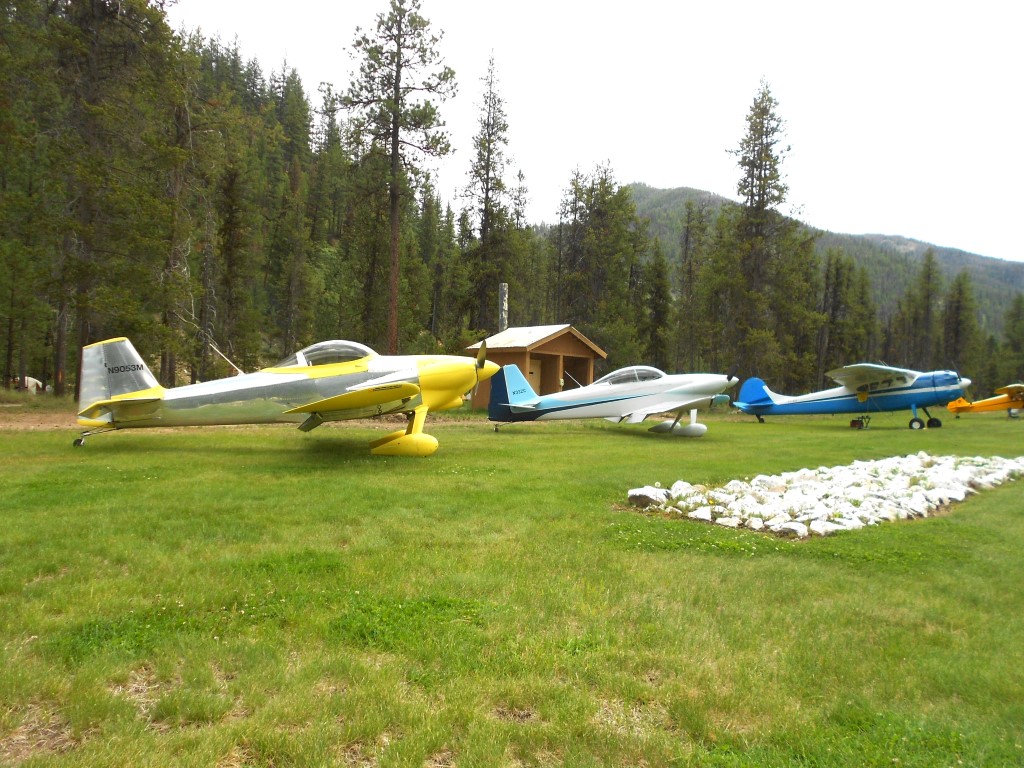

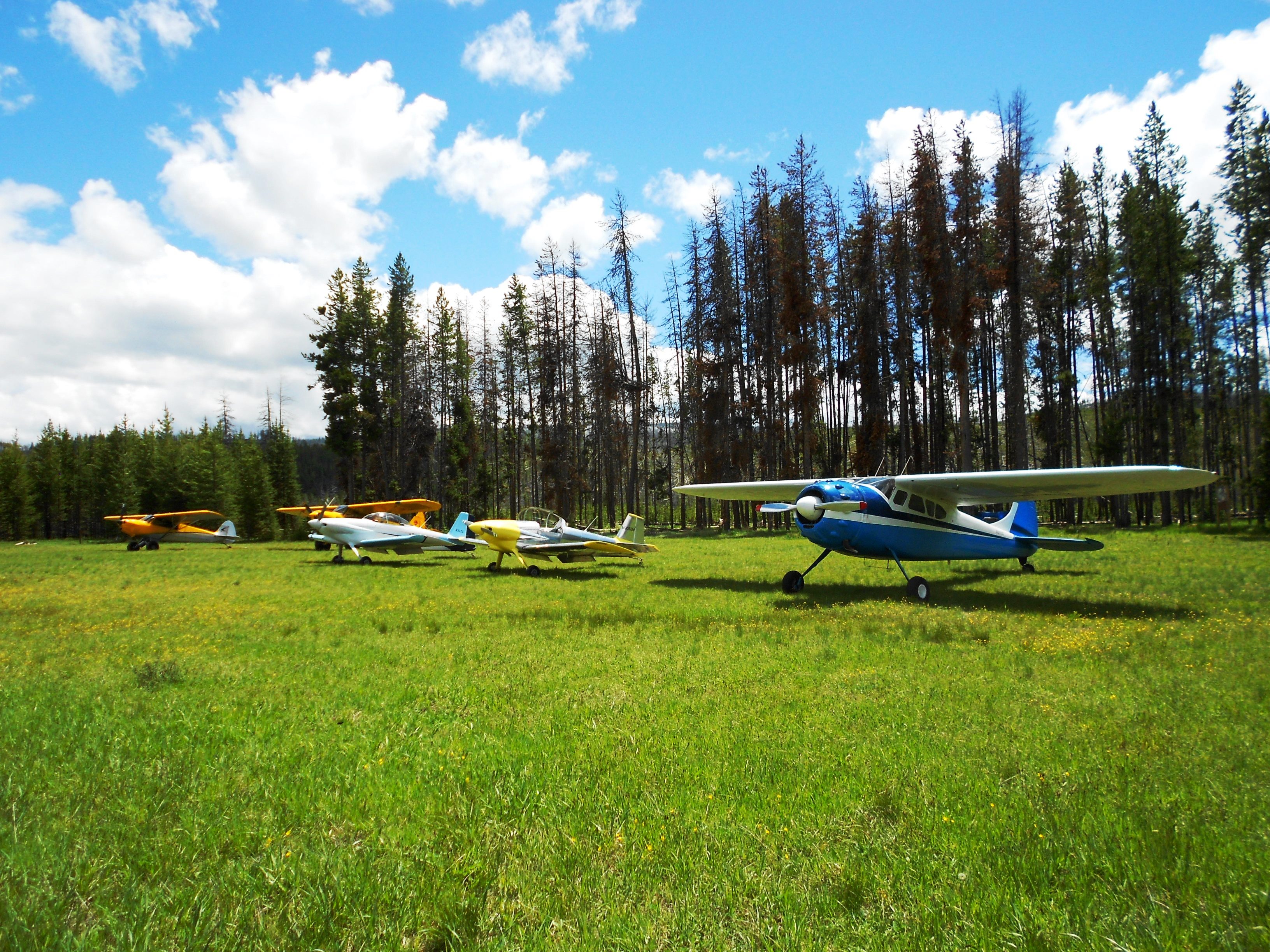
Thanks for sharing! Looks like a great trip and I like your pics. I had a PA – 28-180 with a lot of mods and when Supercubs would show up, their pilots would swear I could not fly out of the strip I was on. Lots of scoffing and put-downs for not having a real airplane. I would enjoy getting airborne at 100 feet and flying right over the top of them. The 80X42 prop and vortex gens on a droop leading edge with super tips on the wing tips and PA-32 gear made for a fun cheap backcountry airplane. A Carbon Cub may be in my future. not fast but they get off quick.
Thanks again for the pics and story.
Hi Tom, the Carbon Cub is a really nice airplane with great performance. However; it is not cheap. I’ve had a couple rides in my friends CC and am impressed every time. I subscribe to the ‘multiple airplane ownership’ theory. A guy probably needs five or six of them – one for the backcountry, one for aerobatics, one for cross-country travel, one for every day beating around, and one in case all the others are down for maintenance.
I love hearing about your adventures!!!
Thanks Sis! It was a good trip!
Do you think a Bonanza F33A with a 310 HP engine and super simitar prop can handle Chamberlain Basin?
Howdy Andrew! I heard you had a new/different airplane – congrats!!
I have zero experience with a Bonanza so can’t give much of an answer. My friend did not have any problems there with his Cherokee 235 last year and that strikes me as similar in terms of tricycle gear and ‘large-ish’. 🙂
Chamberlain is rated a 12 (RHI) by Galen Hanselman in the Fly Idaho! book. This compares to Johnson Creek (for example) at a 14. Obviously, these are two very different airstrips so they make for a good comparison. The most significant factor in Chamberlain evaluation is the ‘AE’ (Airport Environment). Chamberlain “looks” fairly benign (compared to JC) but the challenges are different. The terrain can bite you as it rising in nearly all directions. JC has a wonderfully smooth grass surface where Chamberlain is not that way (not to say “rough” but not super smooth either. There are almost always some gopher holes to avoid – and some bumps that seem to be built in. As I recall, the bumps are the worst at the approach end of runway 7. I have only used 7/25 (typically landing on 25 and departing on 7 (due the slope). The grass can be fairly tall when taxiing to the tie-downs. I would NOT recommend taxiing in that until you have walked it. I’ve not found any big holes there but it’s not worth the risk, IMO.
I’m a big believer in paying very close attention to density altitude and aircraft weight. It can really sneak up on you there in the backcountry.
Chamberlain is a mighty neat place. Sadly, the forest fires really did some damage but it is still neat – especially the stream and the hiking trails.